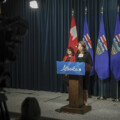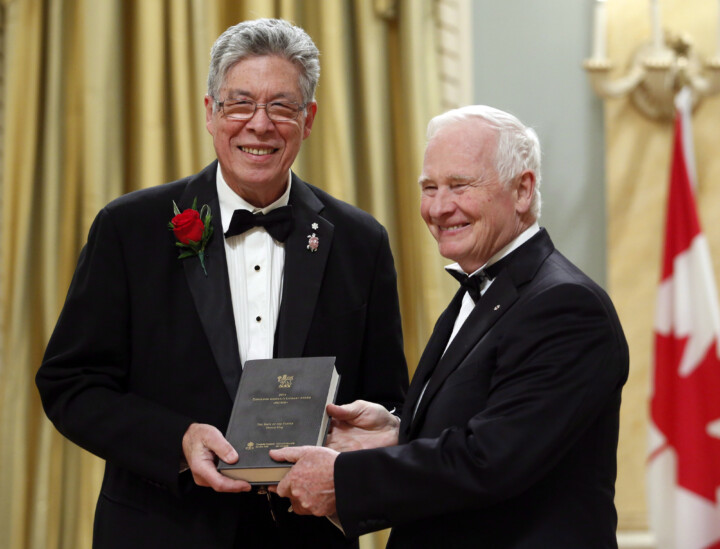In The Weekly Wrap Sean Speer, our editor-at-large, analyses for Hub subscribers the big stories shaping politics, policy, and the economy in the week that was.
There must be no compromise when it comes to standing up for Canadian values
Monday of course marks the one-year anniversary of Hamas’s horrific terrorist attacks against Israel. Their incursion into the kibbutzim along the southern border for the purposes of death and destruction has set off a reaction that’s been felt everywhere from Gaza to Lebanon to Canada.
As I’ve come to think about it, the post-October 7 world has marked by a series of different tests. It’s tested Israel’s resiliency and its capacity to defend itself. It’s tested the indispensability of America’s role in the world. It’s tested the leadership of our civic and political institutions. It’s tested the inherent tensions of Canadian pluralism.
For me, it’s tested my limits for empathy as a commentator and writer. My career has generally reflected my predisposition towards compromise and cordiality. I get invited onto the CBC or university campuses or whatever because as someone once put it, I’m a conservative but I’m not in a bad mood about it.
But I’ve been less inclined towards compromise or cordiality over the past twelve months. I’d go as far as to say that I’ve been radicalized a bit.
I simply cannot empathize with people who could watch what happened on October 7 and reach the conclusion that so many in our politics and broader society seemingly have: it must be Israel’s fault.
It’s a bizarre impulse. It strikes me as a moral inversion. Yet it’s proven to be a pretty commonly-held view—one that’s found countenance on opinion pages, university campuses, and even in Parliament. There’s a search for equivalence. Or excuses.
The source of this impulse is hard to fully understand. Is it antisemitism or anti-Zionism or anti-Western impulses? And does it even matter? One year later, it doesn’t seem like it. These are now distinctions without differences.
Whatever is behind it, we have to confront it. We must challenge it with law enforcement in the cases where it’s appropriate and better ideas and arguments in most others. Pluralism cannot become a synonym for empty relativism.









